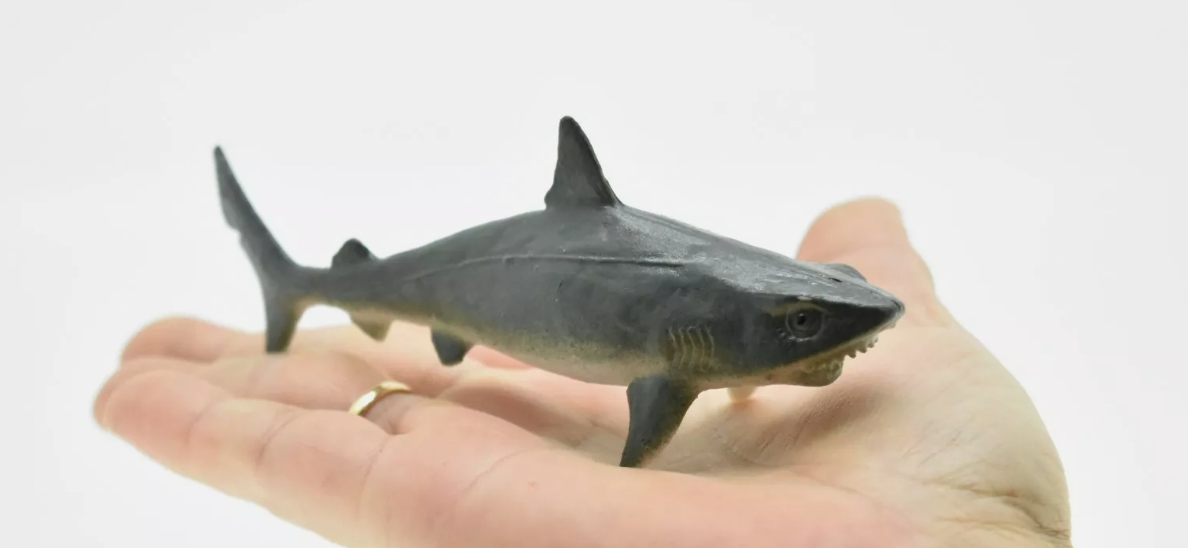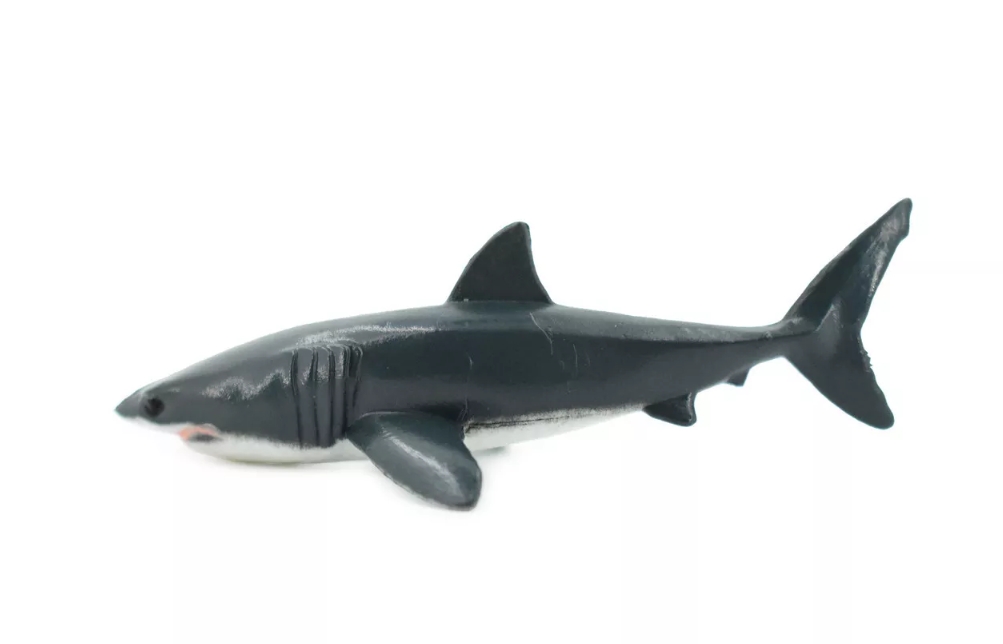A shark model is a mathematical or computational model used to analyze and predict the behavior of complex systems. It is inspired by the predatory behavior of sharks and emphasizes competition and cooperation between individuals in resource-limited environments. This model can not only be applied to the study of biological ecosystems, but also can be extended to many fields such as economics, sociology and computer science.
In the shark model, individuals are treated as "sharks" who need to weigh risks and benefits as they search for food and resources. When resources are plentiful, there is less competition between sharks and they can survive and reproduce relatively smoothly. But as resources become scarce,competition between sharks will become more intense, which may lead to the extinction of some individuals and affect the stability of the entire system.
An important characteristic of the shark model is dynamics. As environmental conditions change, the shark's behavior adjusts. By introducing different parameters, such as resource regeneration rate, predation efficiency and competition intensity, the model can simulate ecological evolution in a variety of scenarios, leading researchers to better understand the relationships between species and the maintenance of ecological balance.
In economics, the shark model can be used to analyze the dynamics of market competition, such as price wars and competition for market share between companies. The behavior of different companies is like the strategy of sharks when they hunt,they may adopt aggressive ways to expand their influence, but also through the form of cooperation to share resources, so as to obtain greater profits.
In addition,the shark model has also played an important role in sociological research. The relationships and interactions that people form in social networks can be analyzed using the shark model. In this process, individual decisions are influenced by the behavior of those around them.




